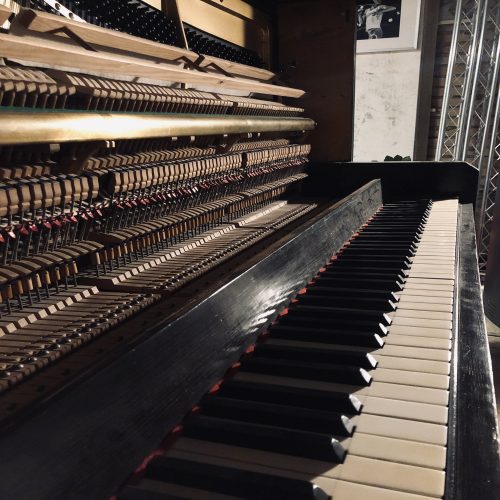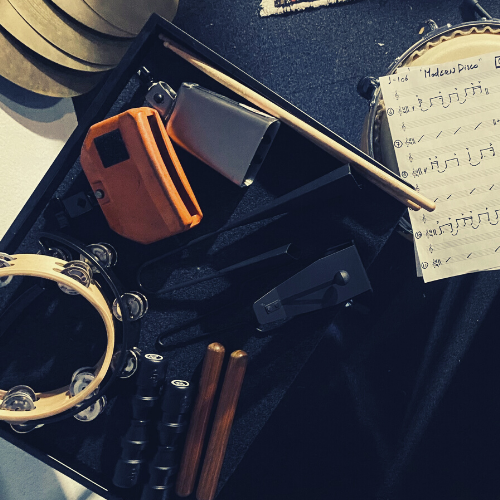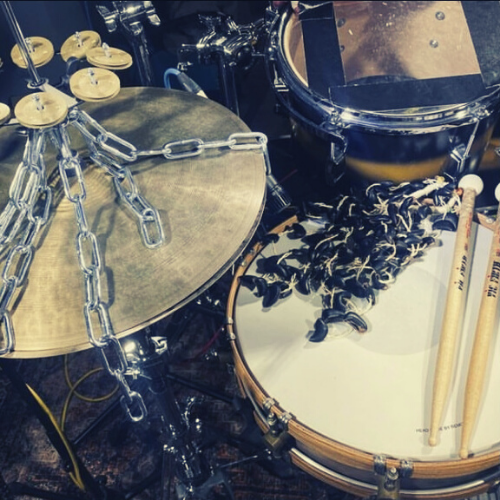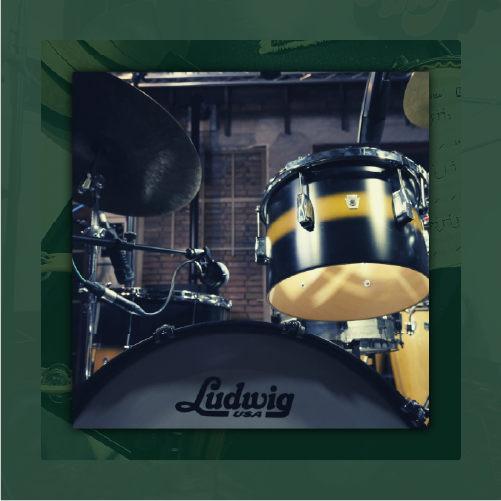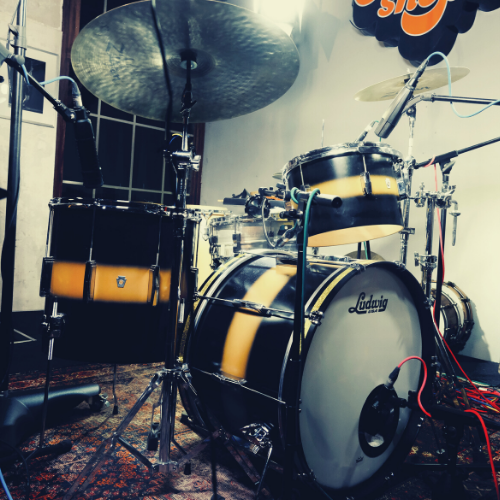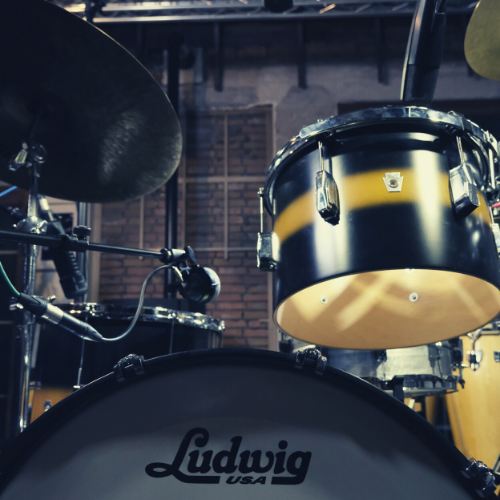- Packs
Keys and piano
- Become ALive Creator
-
0
-
- Your cart is empty.
Register
-
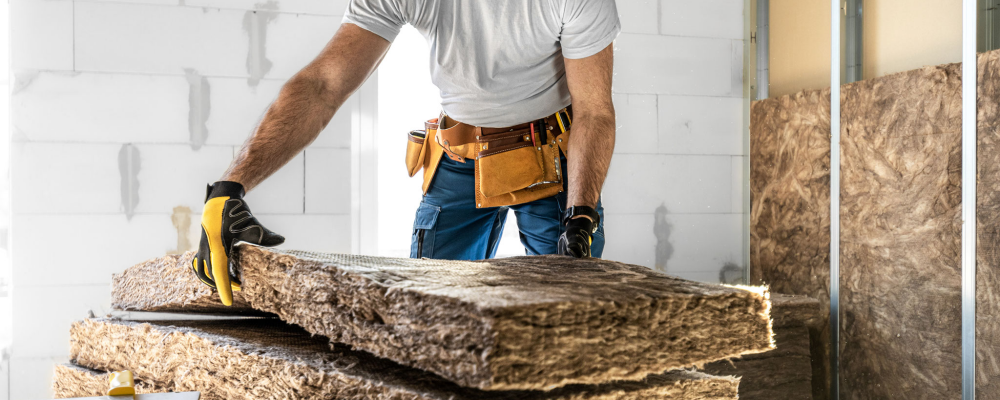
16. BUILDING A HOME STUDIO: A BEGINNERS GUIDE.
DIY: Building A Studio At Home
Building or expanding your home studio can be an exciting and rewarding process. Whether you’re a musician or a producer, having a space to record and create music can help you take your craft to the next level. However, getting started can be overwhelming. Here are some tips and considerations to keep in mind when building or expanding your home studio.
1. Budget
Before you start purchasing equipment, it’s important to determine your budget and needs. Are you primarily producing electronic music? Do you need a space for recording live instruments, or do you mainly use loops? What is the maximum amount you want to spend on the studio? What are your basic needs for a good starting point? Knowing what your needs are will help you prioritize your purchases.
2. Gear
While it’s tempting to purchase the cheapest gear possible, investing in quality gear will pay off in the long run. Look for gear that has a good reputation and positive reviews. This doesn’t mean you have to break the bank, but it does mean you should avoid purchasing the cheapest gear available.
3. Space
When building or expanding your home studio, it’s important to consider your space. Do you have a spare room that can be converted into a studio? If not, what other options are available to you? You’ll also want to consider factors like soundproofing, lighting, and ventilation.
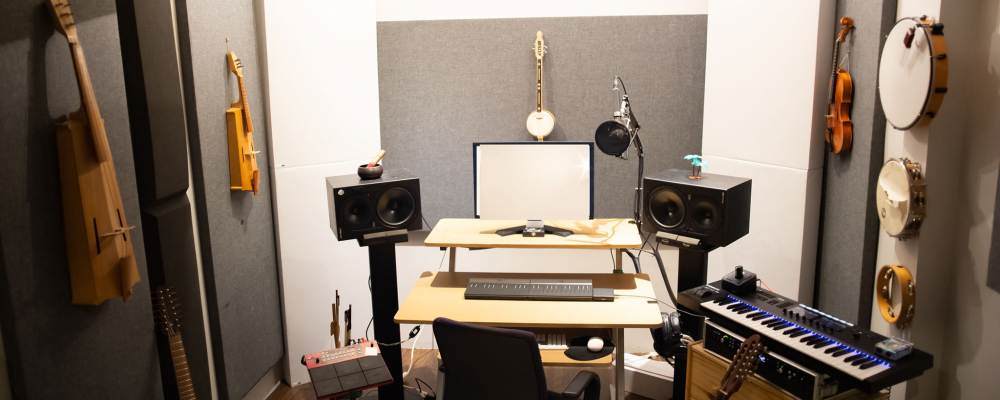
4. Software
Choosing the right software is crucial to the success of your home studio. Look for software that is intuitive, user-friendly, and suits your needs. There are many options available, so do your research and read reviews before making a decision.
5. Interface
An audio interface is the device that allows you to connect your gear to your computer. Investing in a good audio interface is crucial to achieving a high-quality sound. Look for an audio interface that has multiple inputs and outputs and is compatible with your gear.
6. Accessoires
While gear and software are important, don’t forget about cables and accessories. You’ll need things like mic stands, cables, and headphones to get started. Make sure you budget for these items as well.
7. Optimize
Once you have all of your gear and software set up, it’s important to optimize your space. This means making sure your gear is arranged in a way that makes sense and is easy to use. You’ll also want to consider factors like lighting and soundproofing to create a comfortable and productive workspace.
In conclusion, building or expanding your home studio can be a rewarding process. By keeping these tips and considerations in mind, you can create a space that is perfect for recording and creating music. Remember to take your time, do your research, and invest in quality gear and software. With a little patience and dedication, you’ll be on your way to creating professional-quality music from the comfort of your own home.
Free welcome pack!
'A-Live Loops Exclusives' welcome pack, all for free! Multiple drums, keys, bass and guitar loops that will get you going.
0:00
0:00
NOTHING FOUND!
Sell your own loops!
Join the A-Live Loops community today and start selling your own loop packs, regardless of your experience level – it’s your chance to share your sound with the world and turn your passion into profit!
Curious about how it works?
Popular packs
New
New
Perfect beginner packs
Full Pack
Full Pack
Full Pack
Full Pack



